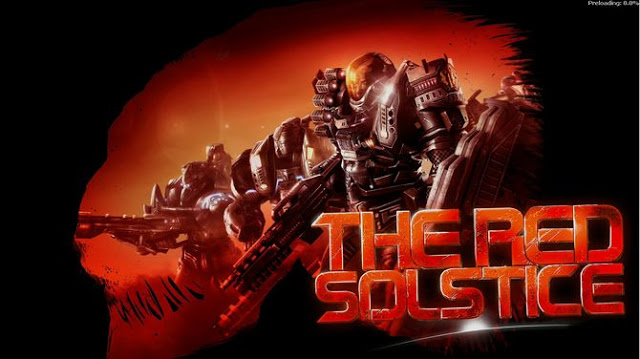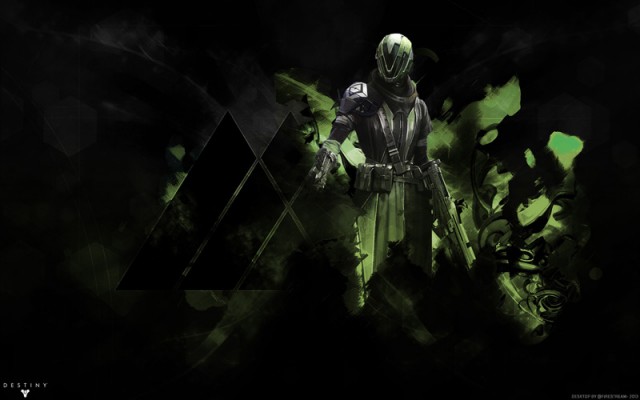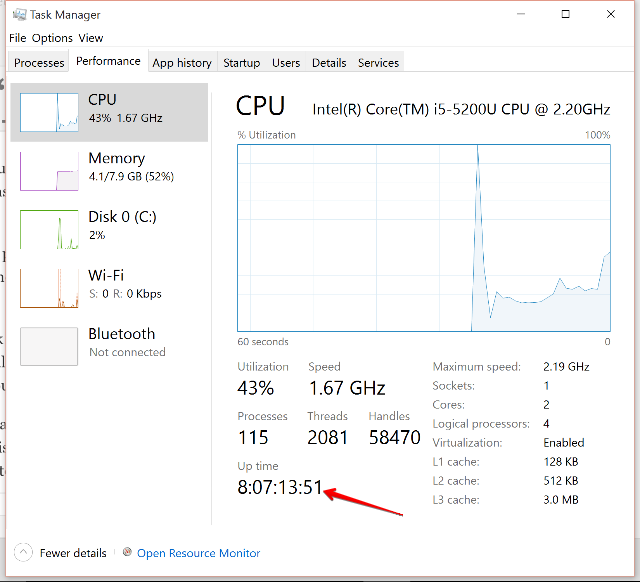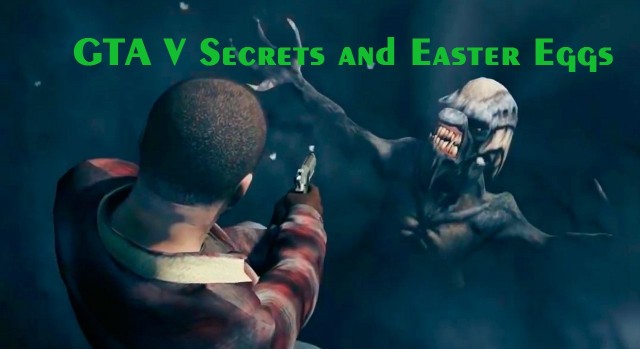


I knew the moment I entered the world of BioShock Infinite that I was being ushered into a parallel version of United States history. In only five minutes of gameplay, I faced grand statues of three of the nation's founding fathers -- Washington, Jefferson, and Franklin. After ten, I felt as though I were exploring early 20th century America.
It's not hard to find American history while wandering the virtual streets of Columbia. Flapper jazz plays through the streets. Families spend their leisure time at ice cream parlors. Women are dressed in hobble skirts, the men in suits and coats. This is how our ever-so-idealistic minds romanticize the early 20th century--a time of high fashion, parties, and jazz, like The Great Gatsby minus all the drama.
But as I became comfortable with this city in the sky, BioShock Infinite was kind enough to burst my idealistic bubble. The Order of Ravens and the lumbering statue of John Wilkes Boothe served as reminders of the assassination of Lincoln and the tyranny of the Ku Klux Klan. As I was first introduced to Jeremiah Fink, the robber barrons of the era (as well as John D. Rockefeller, who Fink strongly resembles) came to mind. War, oppression, racism, white supremacy, and propaganda: all of it is showcased within the game, and all of it has a place in America's history.
Let's examine some of the key plot points in Infinite and discuss their place in history books as well as the game.
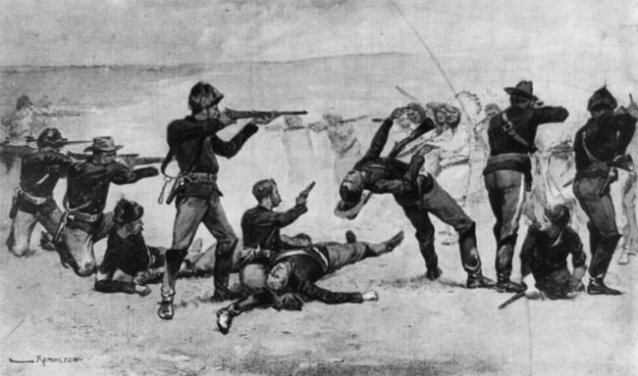
The Battle of Wounded Knee - 1890
The Battle of Wounded Knee, a conflict named for where it occurred, took place on December 29th of 1890. During this time tensions between the Natives and the Americans were high. Many tribes, including the Sioux, were confined to reservations. Distressed at the destruction of the plains and the subsequent loss of buffalo (one of their primary food sources), many of the Native Americans began to perform spiritual ghost dances, which they believed would aid them in achieving freedom. Upon seeing these dances performed, the American agents of the reservations claimed the natives needed to be pacified and troops were called in to make arrests. What was initially meant to be a series of arrests led to a massacre. On December 29th, The 7th Cavalry (of which Booker DeWitt is a member) surrounded a camp of Sioux Indians attempting to flee to safety. What triggered the massacre is still a matter of debate among scholars, but a total of 300 Sioux were killed, including families and children.
The Battle of Wounded Knee is referenced frequently throughout Bioshock Infinite, and is an especially noteworthy detail given Booker DeWitt's own background. Booker is a rather successful member of the 7th Calvary, but will only say he has obvious regrets about what occurred there. As a member of the Calvary, Booker undoubtedly had to burn homes and kill innocent people, perhaps even children. At a later point in the game we discover that the battle, and Booker's actions during it, set in motion the events of Bioshock Infinite by providing the emotional baggage necessary to call for his rebirth through baptism. Despite the game's lack of details on the actual event, Booker's own reaction to it confirms that his experience was probably an historically accurate one.

The Boxer Rebellion - 1898- 1901
The Boxer Rebellion took place in China between 1898 and 1901. It began when a number of Chinese citizens created a society called I-ho ch'üa, or "Righteous and Harmonious Fists". Many of the members were practicing martial artists (lending itself to the Western name, Boxer) and engaged in rituals believed to make them immune to bullets. Angered by the rise of Christianity and imperialism in China, the Boxers set out to rid the country of foreigners, whom they blamed for destroying Chinese culture. Initially successful thanks to the support of the Chinese Empress, the Boxers were eventually defeated by 8-nation alliance (which included America) in 1901. Atrocities occurred on both sides of this event -- the Boxers killed thousands of foreigners and Christians, but the alliance also beheaded anyone who was even thought to be associated with Boxers and there are even accounts of rape and murder.
In BioShock Infinite we learn that Columbia seceded from the United States after firing upon Chinese civilians during the Boxer Rebellion. While it is unclear why Comstock chose to secede, we can see that eventually he turned the Boxer Rebellion in his favor. In the Hall of Heroes, where nationalist propaganda is aplenty, we can see that Comstock credits the victory of the alliance to Columbia's involvement -- inevitably painting himself as the hero. The poem in the display reads:
"With yellow skin and slanted eyes
They did betray us with their lies.
Till they crossed the righteous path
Of our prophet's holy wrath. "
While I'm sure there were no cities or zeppelins in the sky bombing the Chinese, the recollections of the Rebellion within the game come across as being fairly accurate. The alliance was undeniably power hungry following their success, and Comstock was no exception.
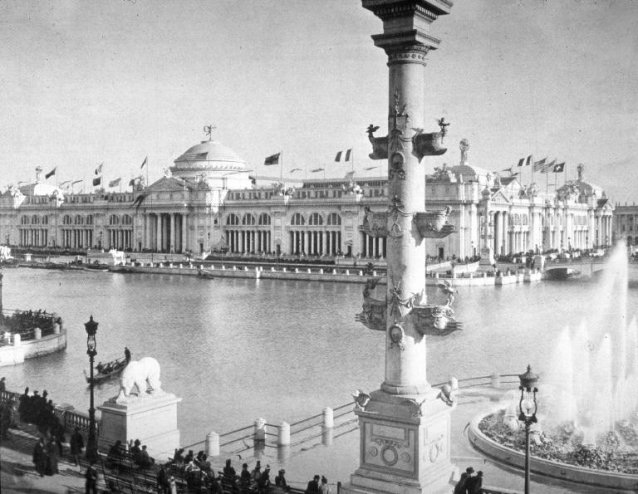
World's Columbian Exposition - 1893
In 1893, Chicago hosted the World's Columbian Exposition, also known as the Chicago World's Fair. Celebrating the 400th anniversary of Columbus's discovery of the new world, the fair served as an opportunity to display American Exceptionalism. Much like the Great Exhibition that inspired Victorian England, it set novel trends in industry, fashion, and architecture, awing over 27 million visitors with attractions that ranged from the World's first Ferris Wheel to a 1,500 pound chocolate version of Venus de Milo.
The World's Columbian Exposition was also home to "the White City", a set of neoclassical buildings towering over the streets of Chicago. Built with a white stucco material, the buildings were illuminated so as to create a contrast to the city itself. According to Erik Larson, author of the book The Devil in the White City, many people were brought to tears at the sight. The White City beamed with national pride, the buildings lined with American flags, the towering Ferris wheel looming nearby. The illumination upon the city ultimately gave rise to the illusion that it was floating on the water. Sound like Columbia? Look at some images of old Chicago, and you may not be able to tell the difference (minus the sepia tone, of course).
In the BioShock Infinite universe, we learn that Columbia was launched in 1893, the same year the World's Columbian Exposition took place. In many ways exploring the city is like visiting the World's fair itself: magical vigors on display to the public; candies, popcorn, and soda-pop lining the streets, breathtaking structures dotting the sky.
However, this was not all that the Fair and Bioshock Infinite shared. The White City also stood for the concept of "the white man's burden", a concept that mandated it was the job of the white man to enlighten lesser races. Many events in the White City focused around showcasing Native or African Americans in exhibits for "educational" purposes. We can see a version of this in the game when Booker wins the lottery for what appears to be a public lynching of an interracial couple.
Although some of the game does deviate from true American history, there is significant accuracy to be found. As a women who was born and raised in United States, I was shocked to find the amount information I did not know about my own country. I was even more astonished when I realized I was learning more from a video game and the internet than I learned in the classroom. I could talk for hours about the problematic effects of British Imperialism in India, yet I cannot recall the repercussions of America's involvement in the Boxer Rebellion. Had I not taken history classes in college, I probably would not have known anything about the massacre that occurred at Wounded Knee. Though it could be argued that much of the radicalism found within game is exaggerated, it is by no means baseless. In his creation of the game, Ken Levine, history buff that he is, was not insulting America. In some respects, he is actually highlighting what many of our history books seem to miss. It exemplifies our need to analyze , criticize, and understand. What BioShock Infinite's world ultimately provides us with is a glimpse into an alternate, but somewhat accurate, American history... in both its terror and glory.
